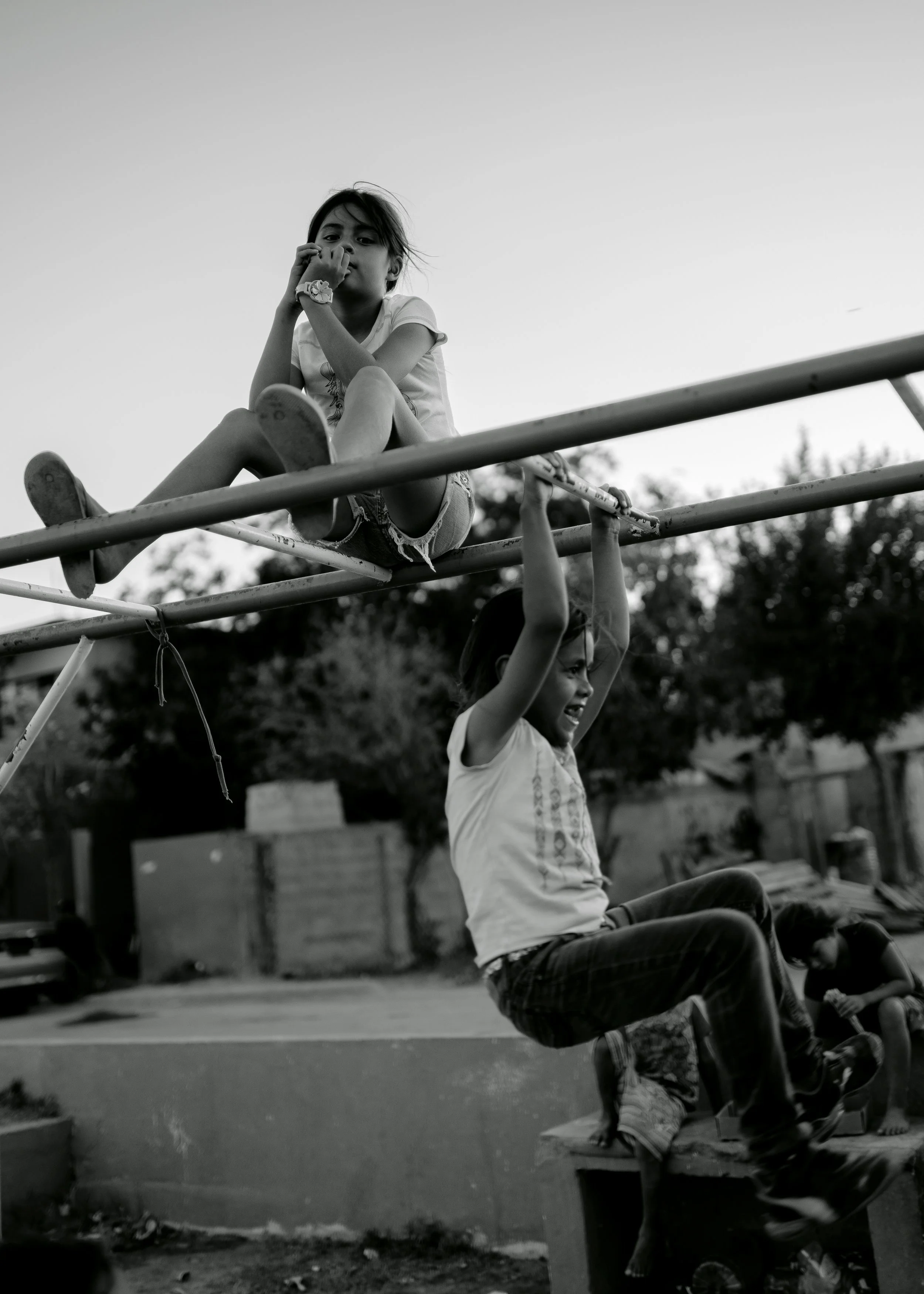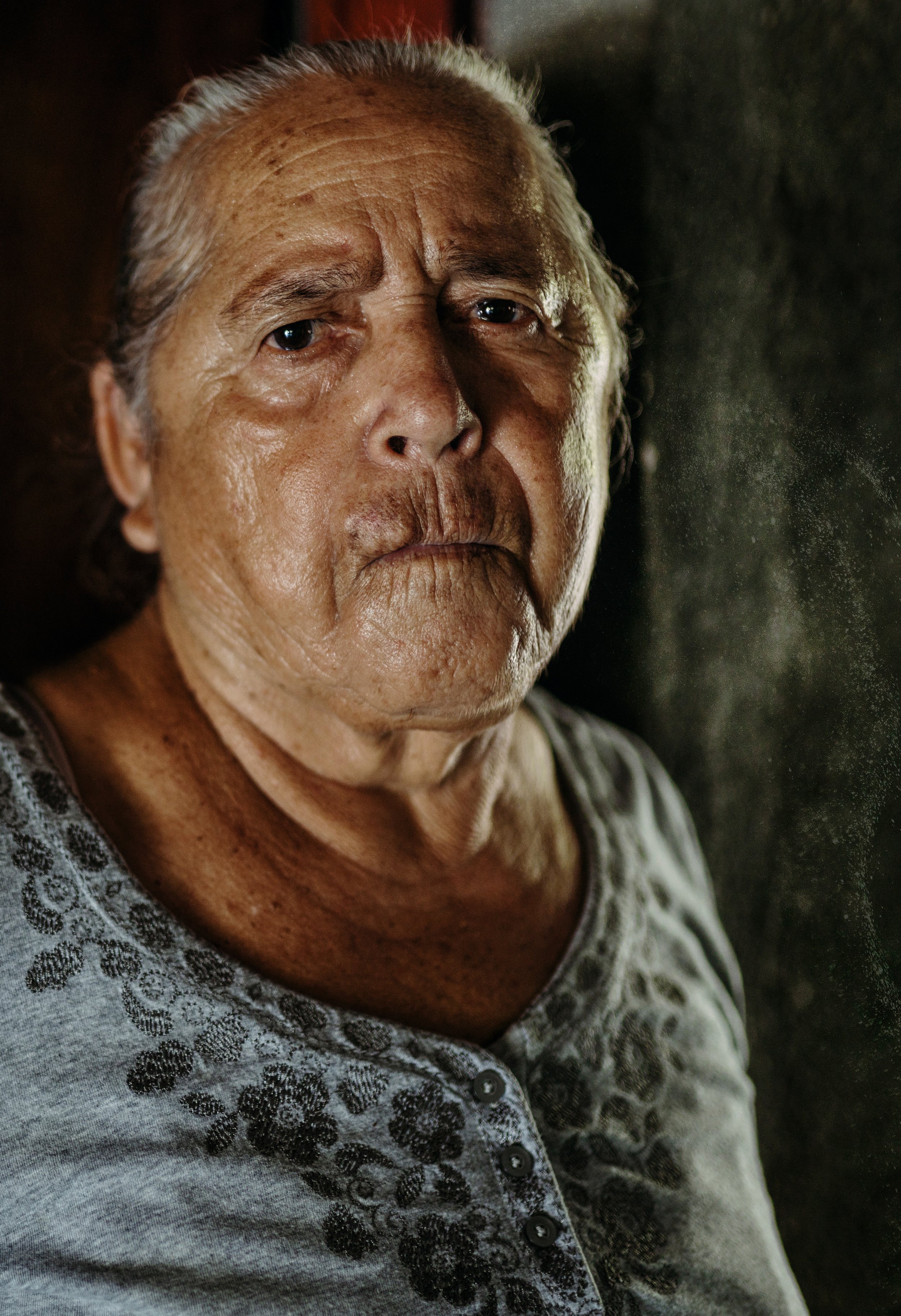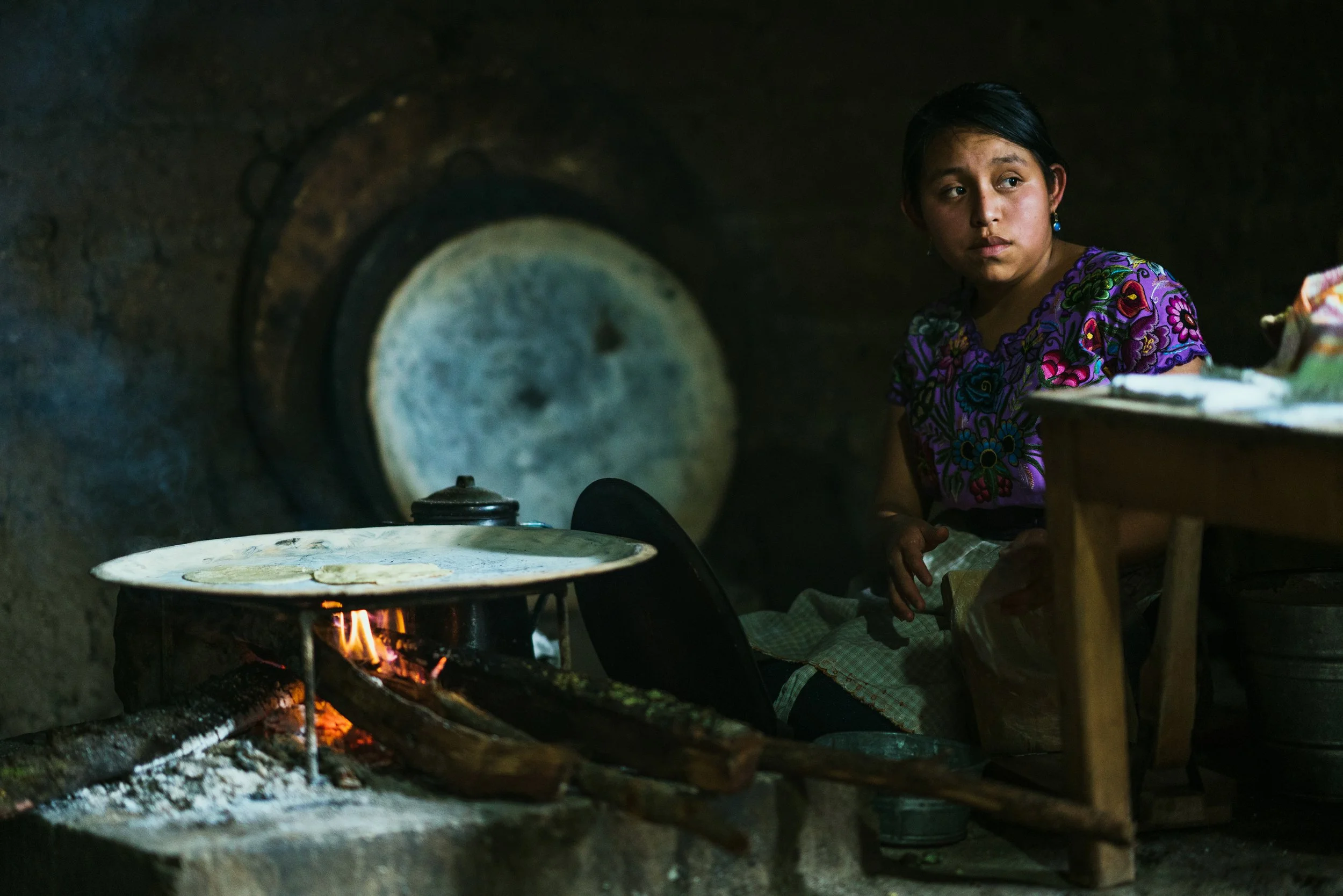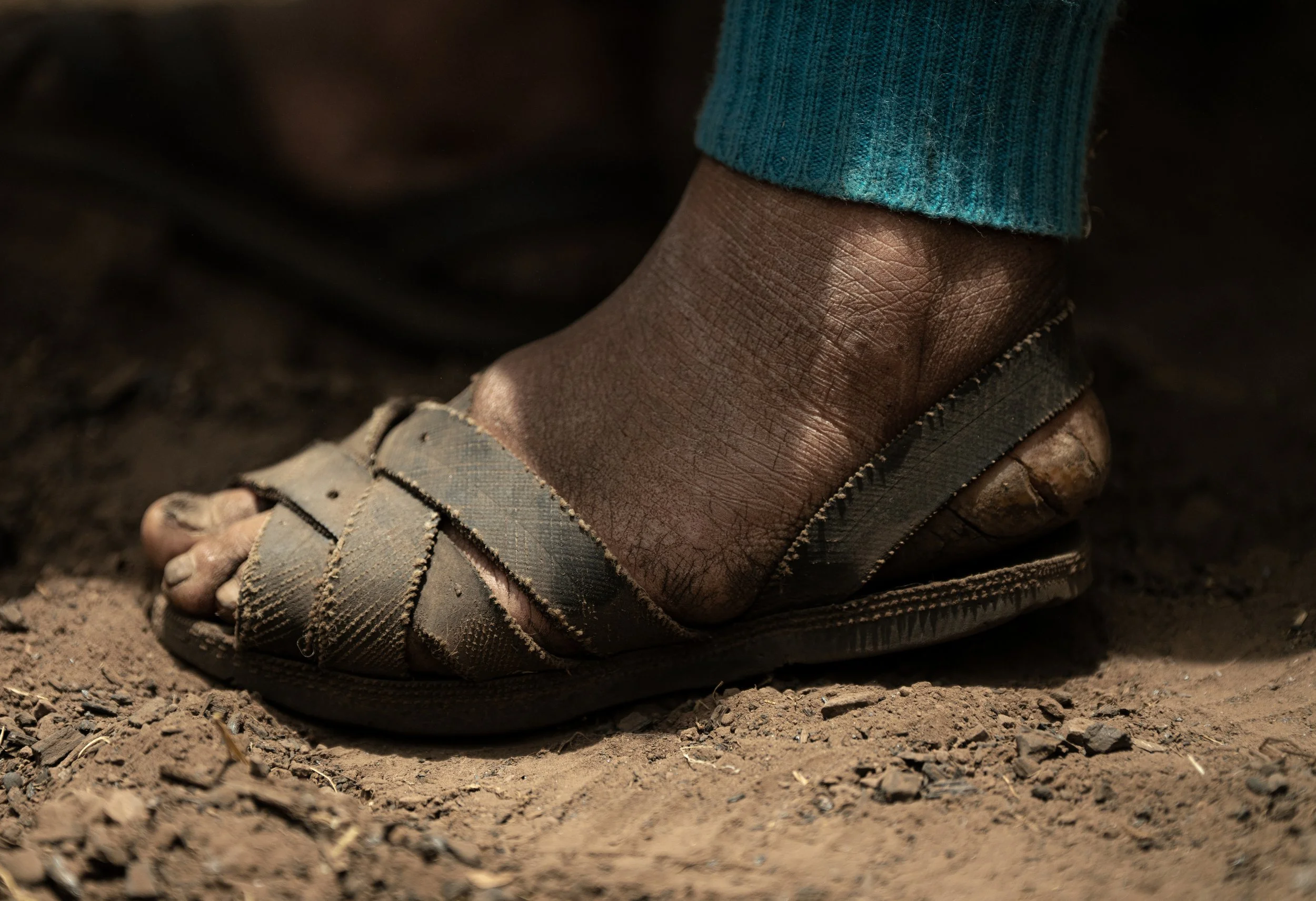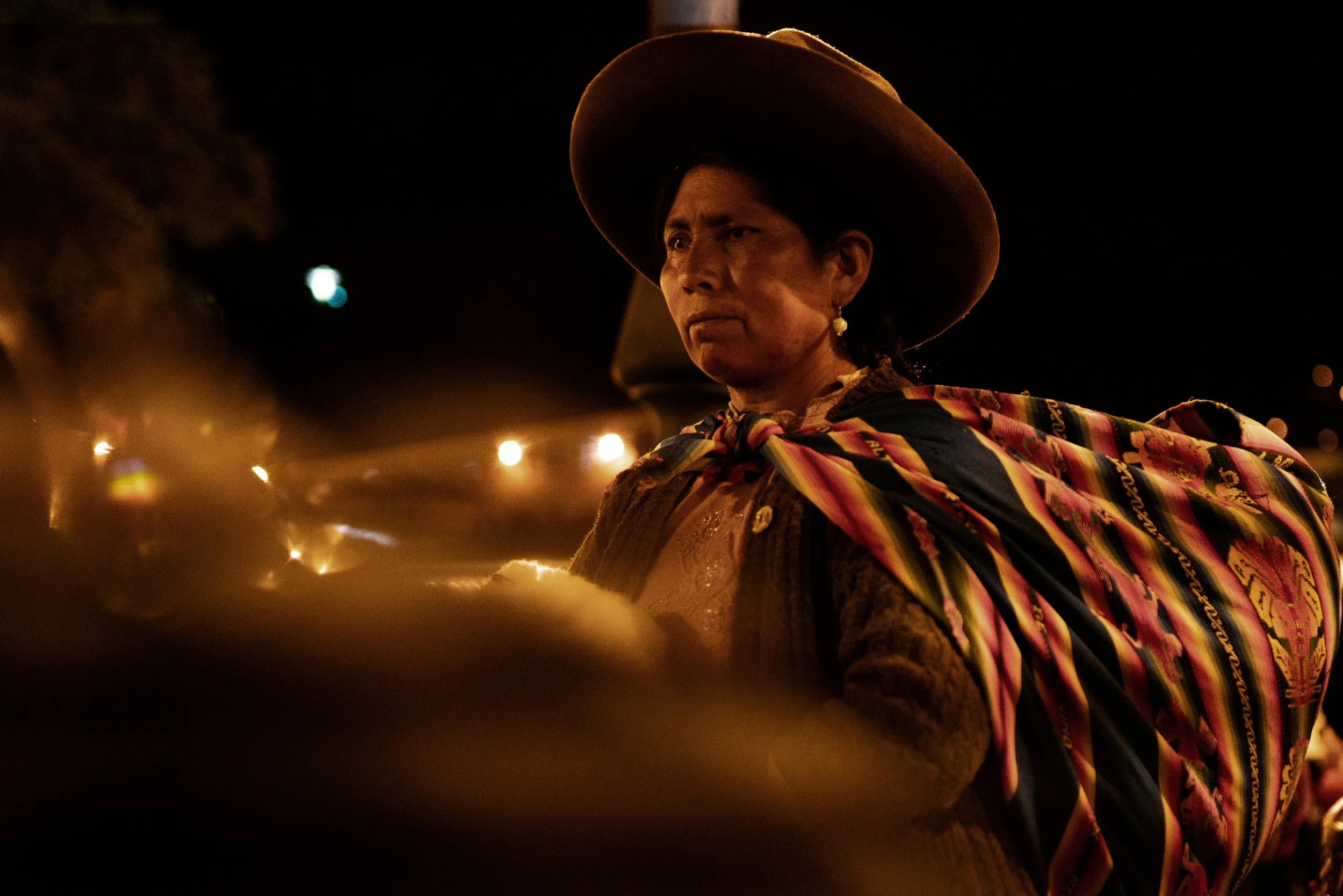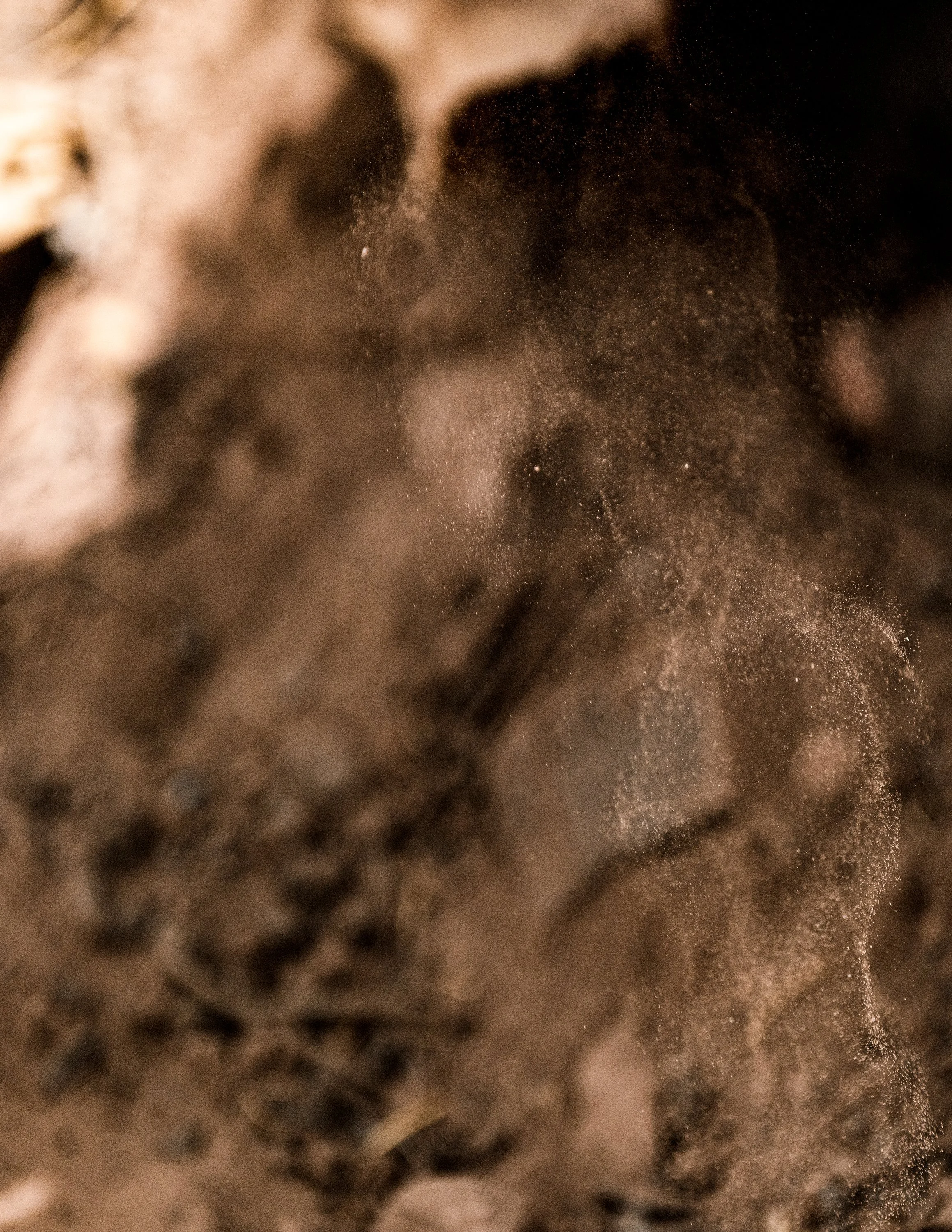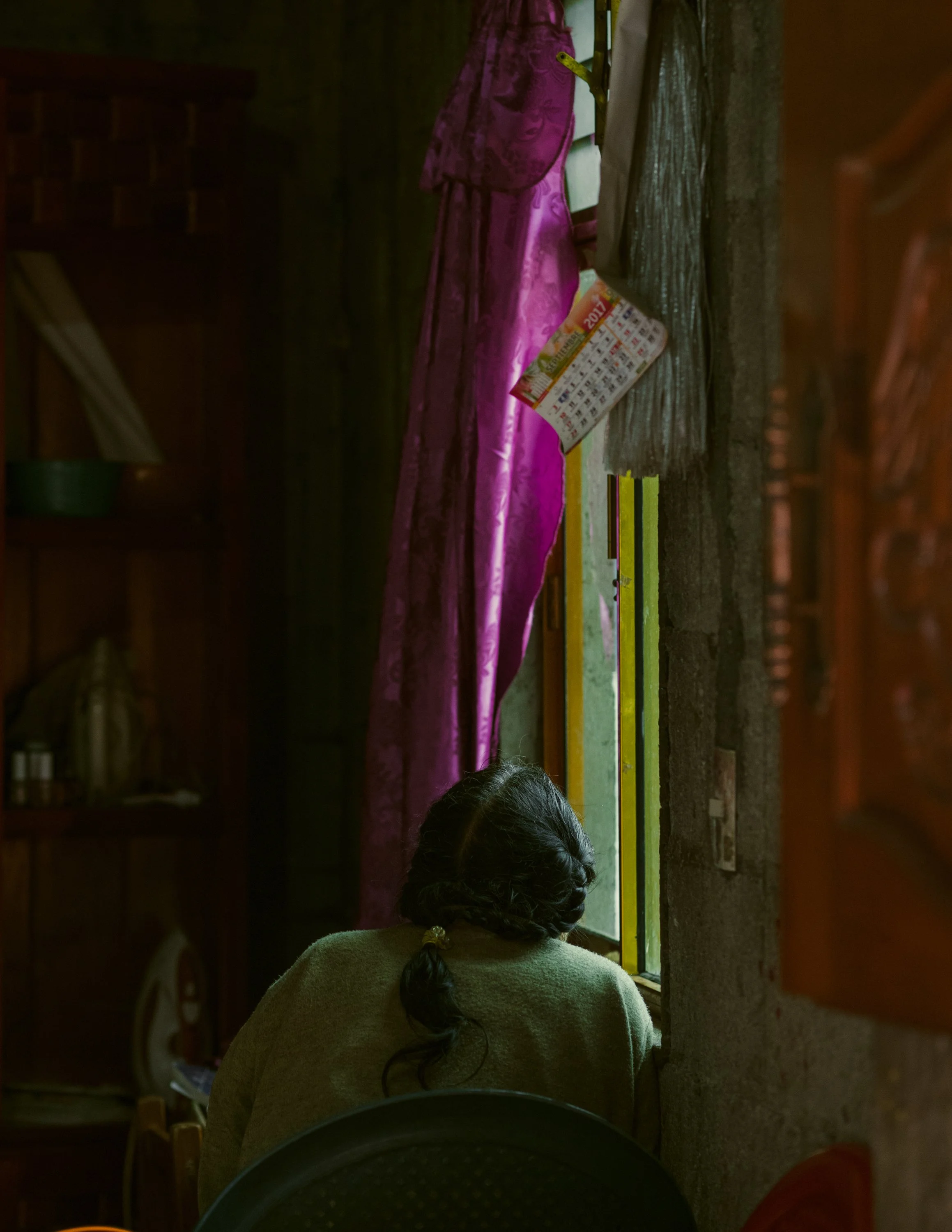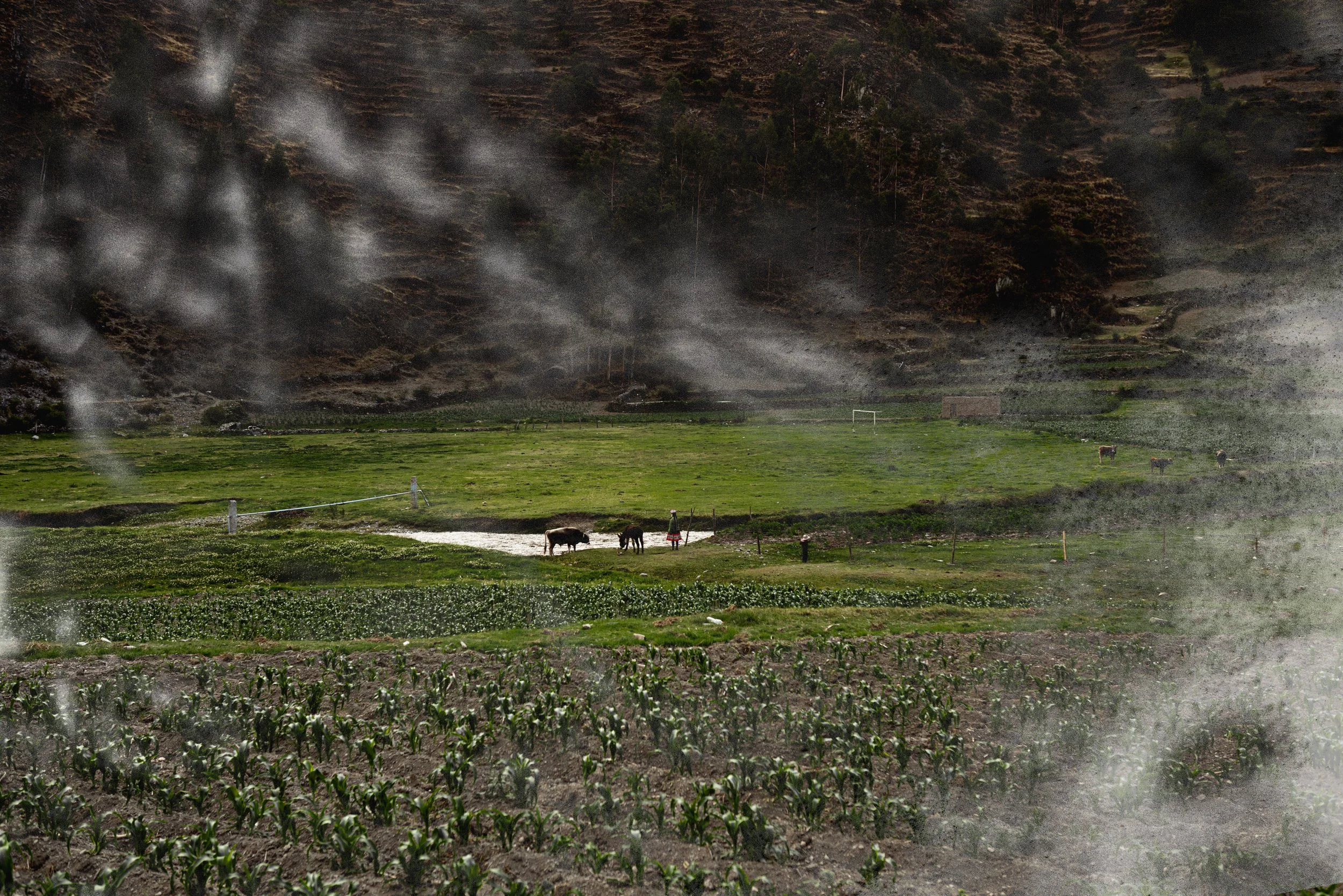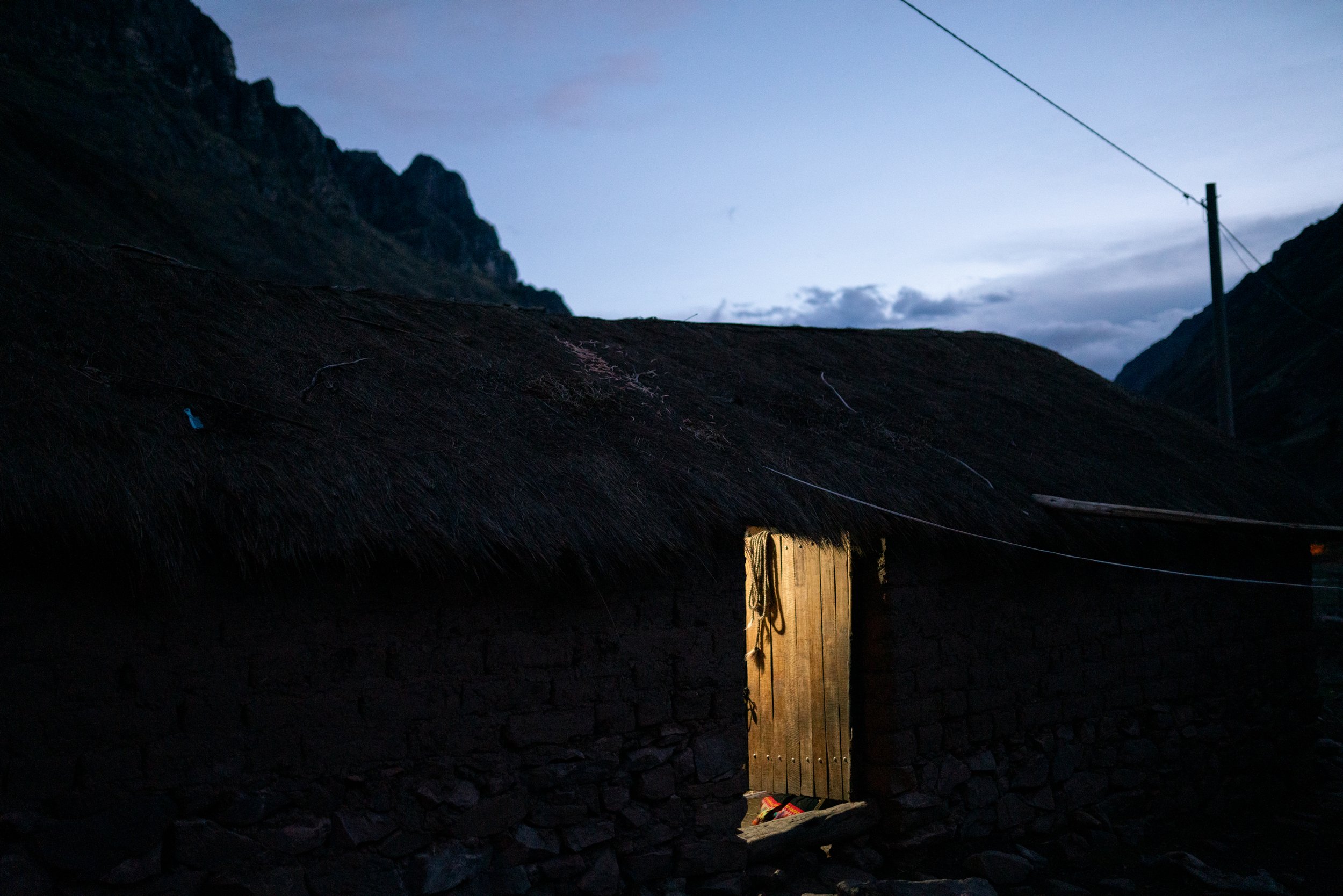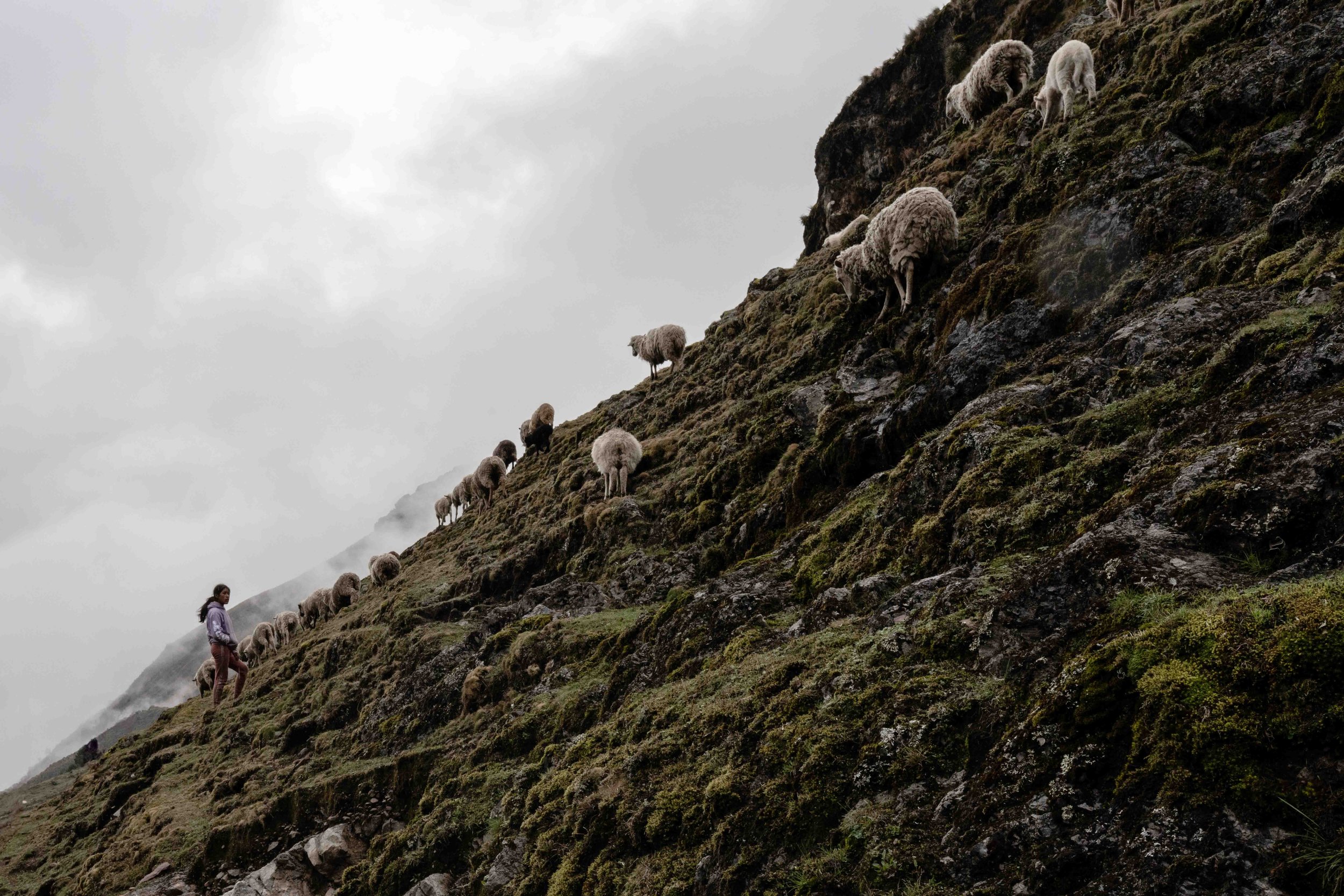Women of Latin America
The series seeks to provide a nuanced and empathetic representation of the lives of Latin American women laborers. Too often, these women are reduced to one-dimensional portrayals based on their economic circumstances and job roles. Who are they beyond their work? How are they shaped by their environment and the adaptation of their world? Forming part of a long-term documentary series, the work presented asks these questions and sheds light on the women’s humanity, complexity, and personal narratives that extend far beyond the confines of their work.
The artist also seeks to explore the systemic constraints and societal forces that shape the lived experiences of the protagonists by sharing more of their personal lives with imagery of their environment and interests. The outward appearance of these women's lives often masks the multifaceted realities they navigate daily, the project's goal is to break through a simple exterior that belies an intricate web of moving parts.
Through her photographs, the artist strives to reveal the resourcefulness, resilience, and moments of agency that emerge as the women interact with and push against the social, economic, and cultural "walls" that hem them in. By highlighting the ways they express themselves and find pockets of freedom within their complex realities, the artist aims to challenge conventional narratives and present a more holistic, empathetic portrayal.

